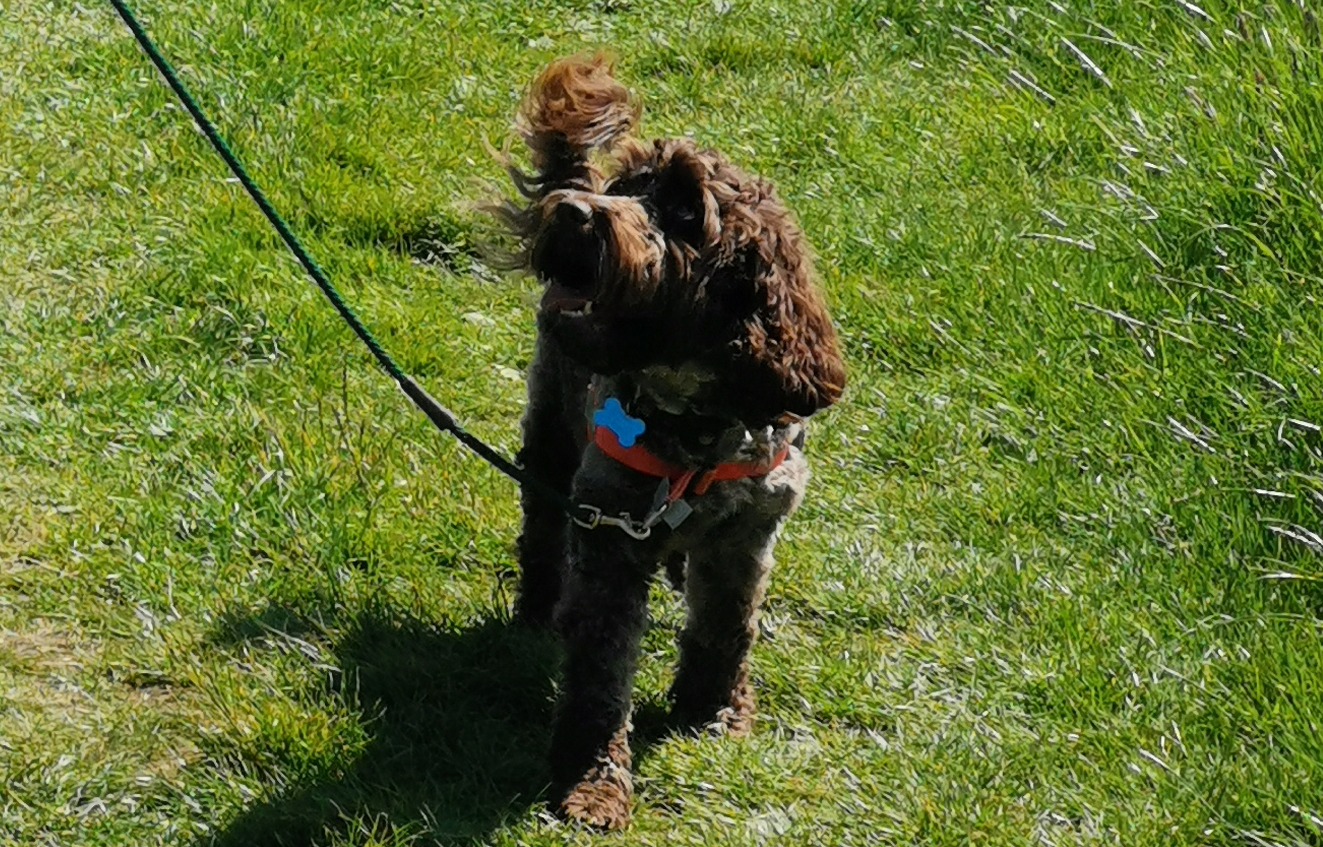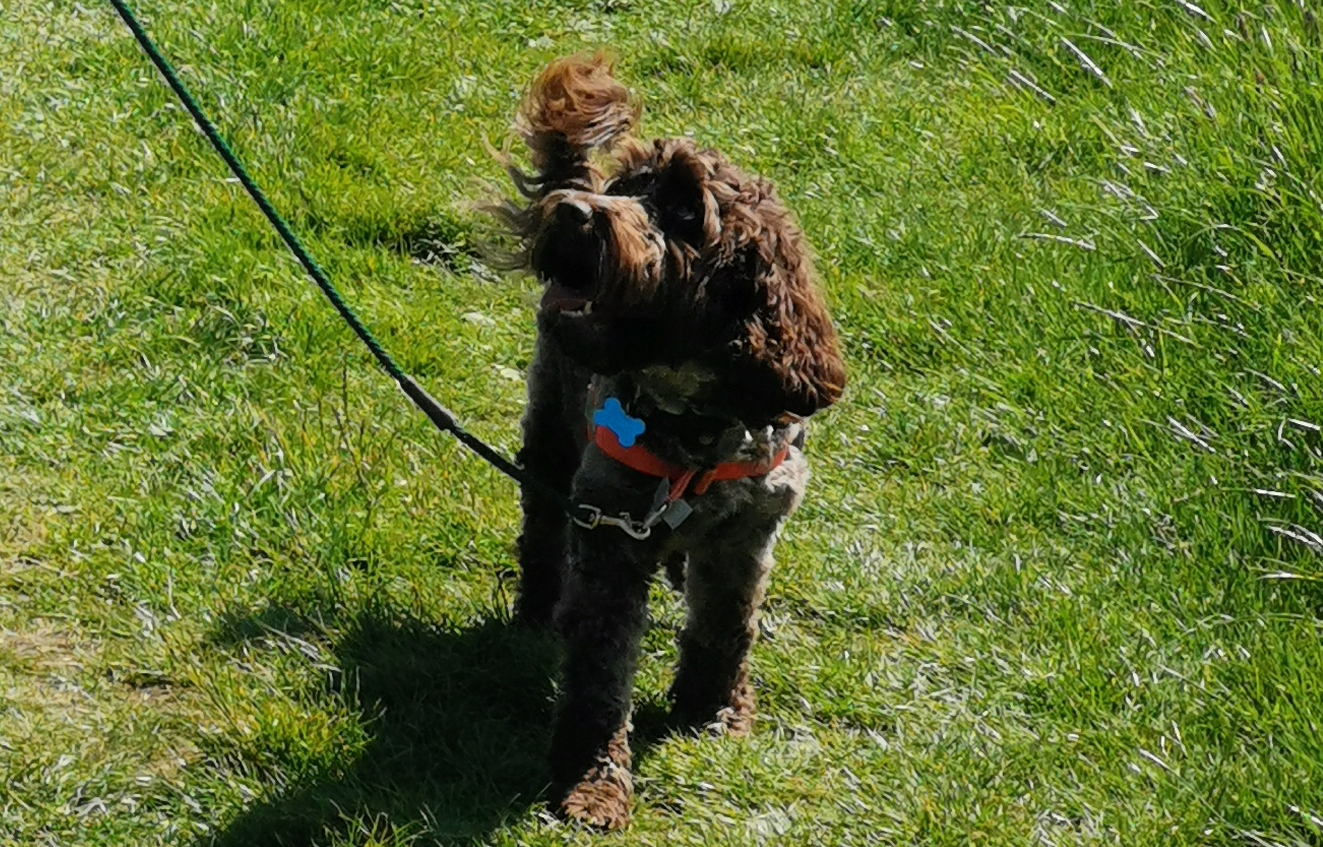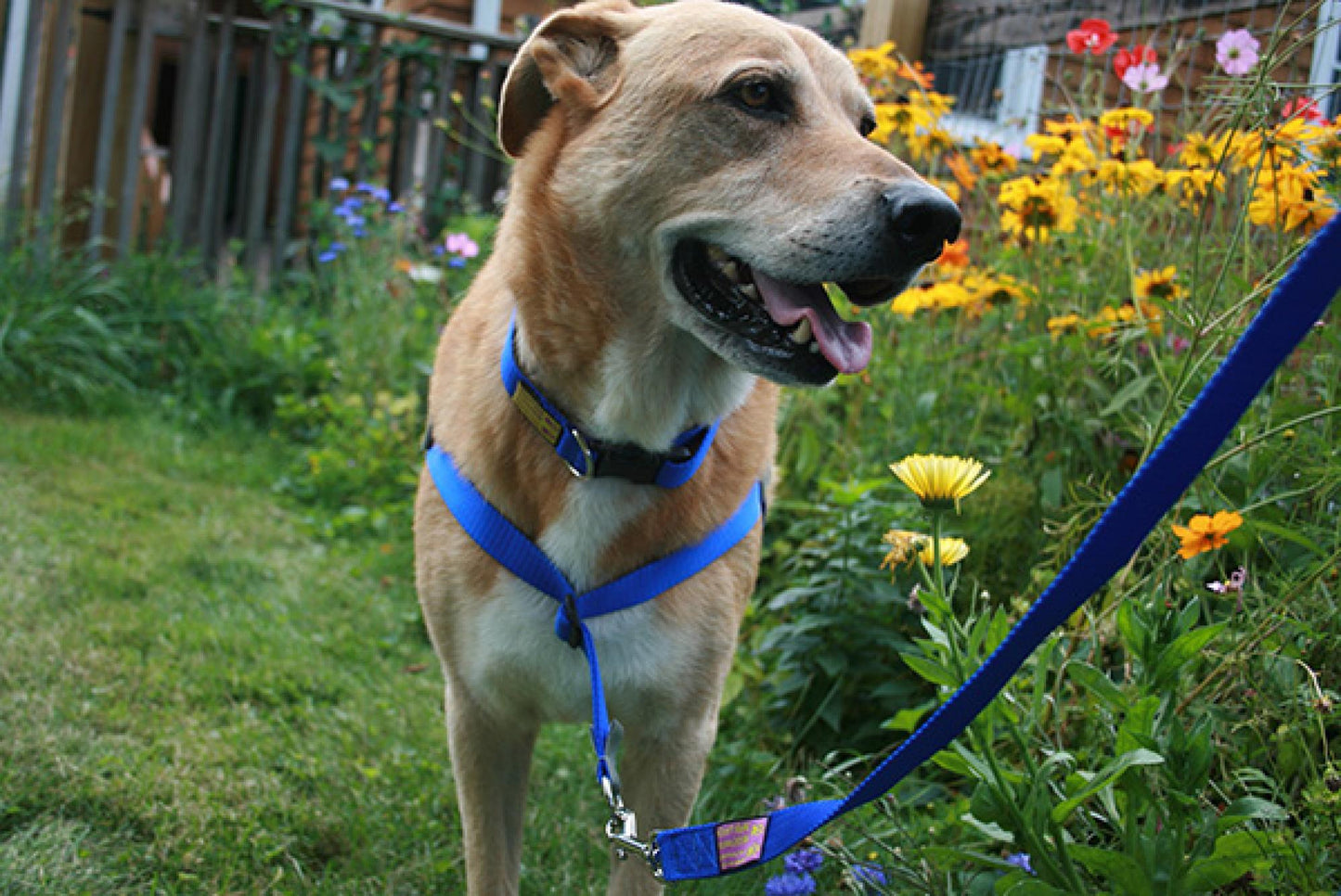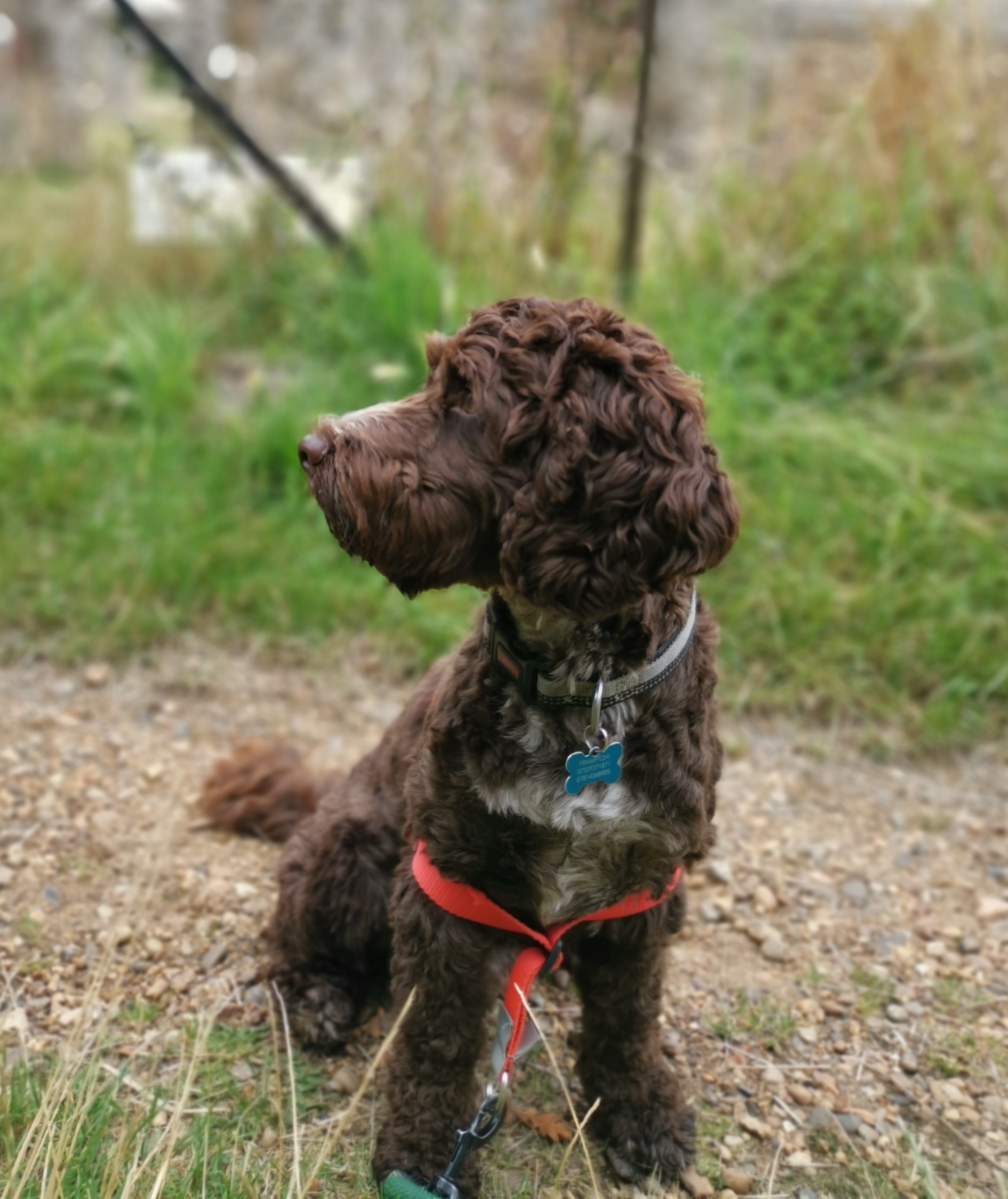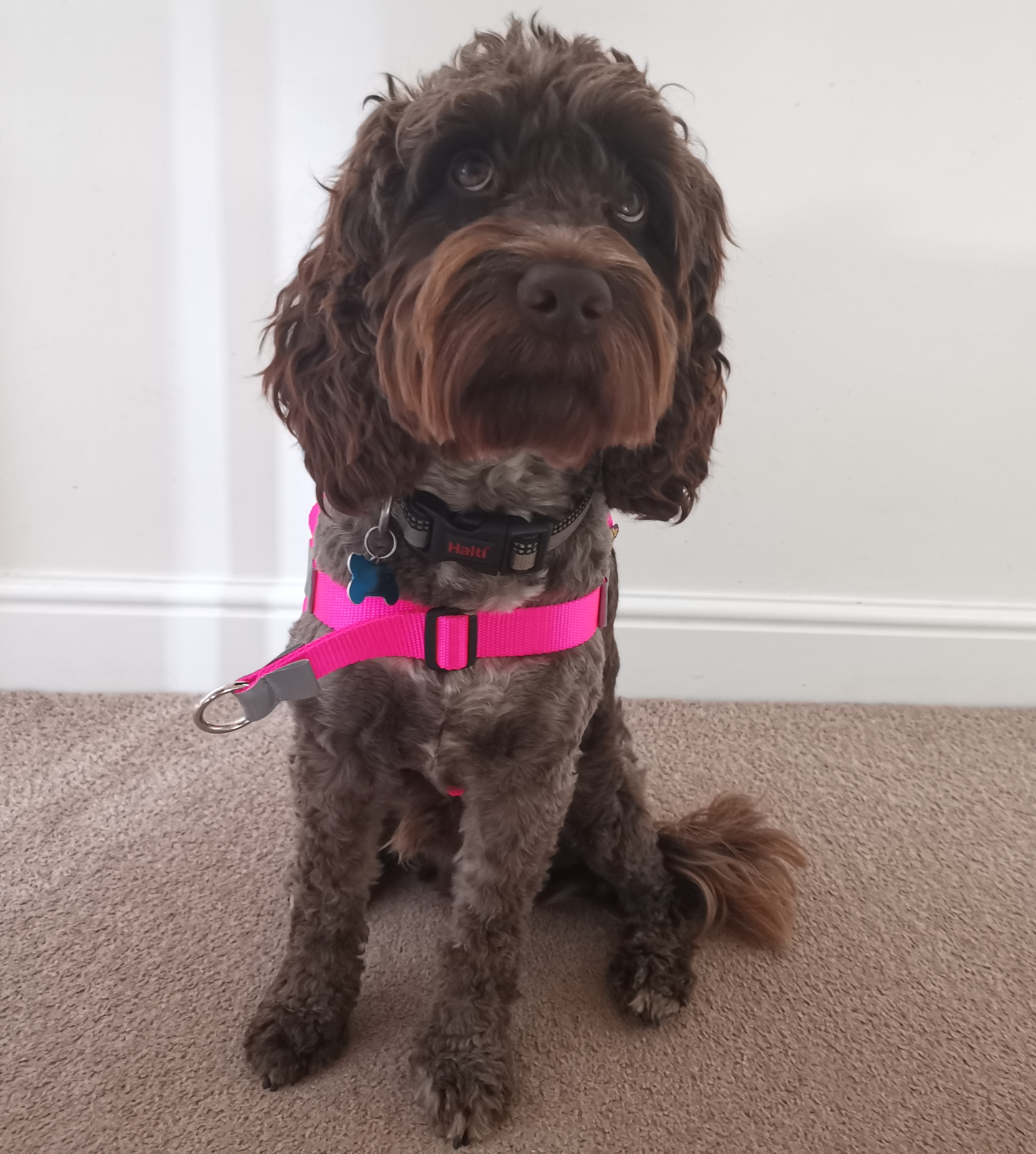Walking your dog should be a joyful and relaxing experience for both you and your furry friend. However, if your dog tends to pull on the lead, walks can quickly become stressful and exhausting. A no-pull harness can be a game-changer, providing better control and making walks more enjoyable. Here’s a comprehensive guide on how a no-pull harness can transform your walking routine.
1. Understanding the No-Pull Harness
A no-pull harness is designed to discourage pulling behaviors and provide better control over your dog’s movements. Unlike traditional collars and leads, which can place pressure on your dog’s neck, a no-pull harness distributes pressure more evenly across their chest and shoulders. This not only prevents choking and discomfort but also makes it easier for you to guide your dog.
2. Benefits of Using a No-Pull Harness
Improved Control and Safety: No-pull harnesses offer enhanced control, allowing you to manage your dog’s movements more effectively. This is particularly important in busy or potentially hazardous environments, where sudden lunges or pulls can pose safety risks.
Reduced Strain and Discomfort: Traditional collars can cause strain on your dog’s neck and throat, especially if they pull hard. A no-pull harness eliminates this issue by distributing pressure across the body, preventing injury and ensuring a more comfortable walk.
Better Training Tool: No-pull harnesses are excellent for training, as they gently discourage pulling without causing pain. Many no-pull harnesses feature front-clip designs that redirect your dog’s forward motion to the side, helping them learn to walk calmly by your side.
Enhanced Walking Experience: With reduced pulling, walks become more enjoyable and less physically demanding. You can focus on bonding with your dog and exploring your surroundings rather than constantly managing their behavior.
3. Choosing the Right No-Pull Harness
When selecting a no-pull harness, consider the following factors:
Size and Fit: Ensure the harness fits your dog properly. It should be snug but not too tight, with enough room for two fingers to fit between the harness and your dog’s body. Most harnesses come with adjustable straps to achieve the perfect fit.
Material and Durability: Choose a harness made from high-quality, durable materials. Look for padded straps and breathable fabrics to enhance your dog’s comfort, especially during longer walks.
Design Features: Consider harnesses with front and back leash attachment points for versatility. Reflective elements are also a great addition for visibility during nighttime walks.
4. Introducing Your Dog to the No-Pull Harness
Introducing your dog to a new harness requires patience and positive reinforcement:
Familiarization: Allow your dog to sniff and explore the harness before putting it on. Reward them with treats and praise to create positive associations.
Gradual Introduction: Start by placing the harness on your dog for short periods indoors, gradually increasing the duration as they become more comfortable. Ensure the harness is properly adjusted to avoid any discomfort.
Positive Reinforcement: Use treats, toys, and praise to reward your dog for wearing the harness and walking without pulling. Positive reinforcement helps reinforce good behavior and makes the training process enjoyable for your dog.
5. Tips for Successful Walks with a No-Pull Harness
Consistent Training: Be consistent in using the harness and reinforcing good walking behavior. Practice in different environments to help your dog generalize their training.
Stay Calm and Patient: Patience is key to successful training. Stay calm and avoid pulling back on the leash, as this can create a tug-of-war situation. Instead, use gentle guidance and positive reinforcement to encourage desired behavior.
Monitor for Comfort: Regularly check the fit of the harness and adjust as needed. Ensure your dog is comfortable and that the harness is not causing any chafing or irritation.
Practice Short Walks: Start with shorter walks to allow your dog to get used to the new harness. Gradually increase the length and complexity of your walks as your dog’s behavior improves.
Conclusion
A no-pull harness can transform your walking experience, making it more enjoyable and less stressful for both you and your dog. By providing better control, reducing strain, and serving as an effective training tool, a no-pull harness helps foster positive walking habits. Choose a well-fitting, durable harness, introduce it gradually, and use positive reinforcement to encourage good behavior. With patience and consistency, you’ll be on your way to stress-free, delightful walks with your furry companion. Visit our shop to explore a variety of no-pull harness options and find the perfect fit for your dog today.


